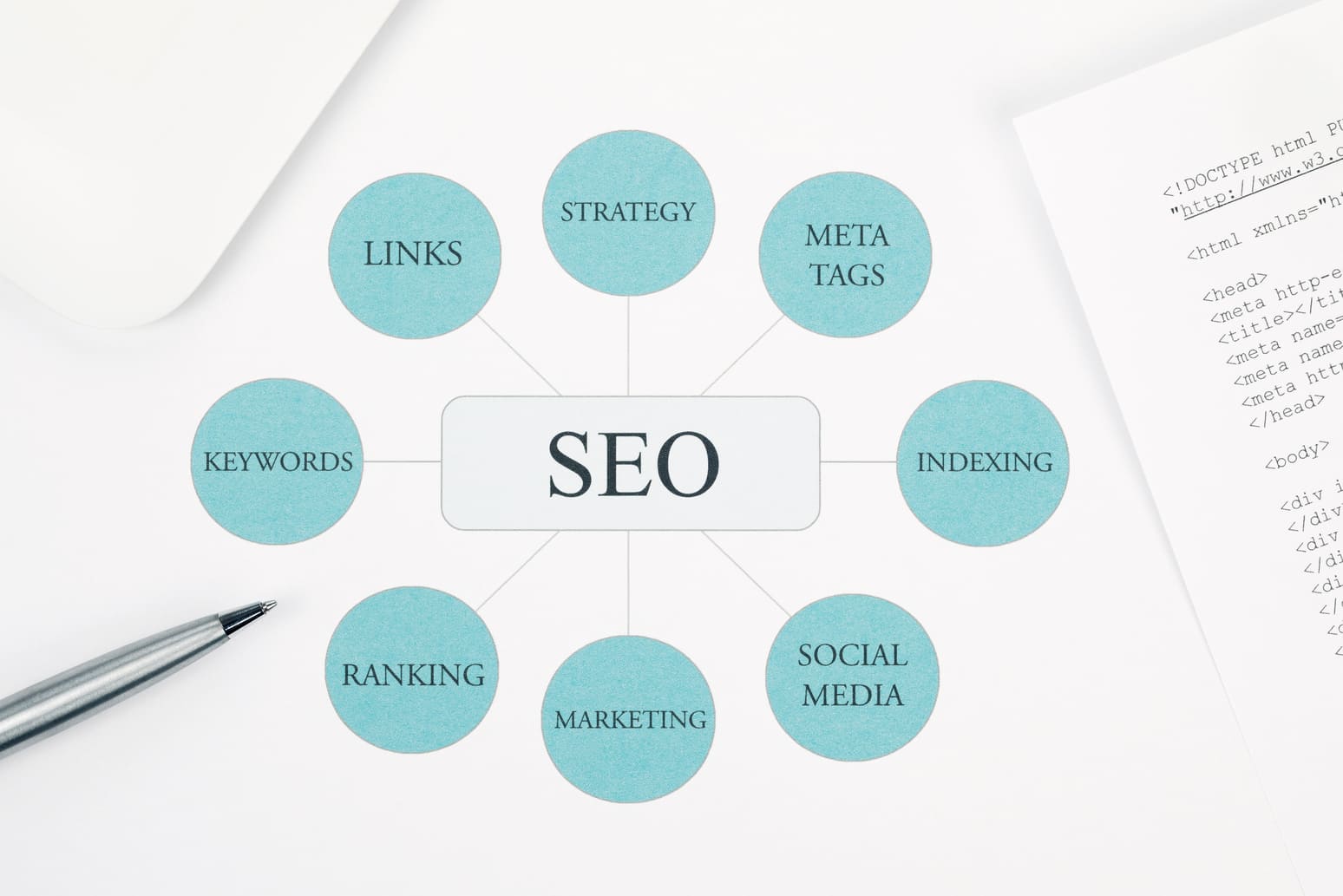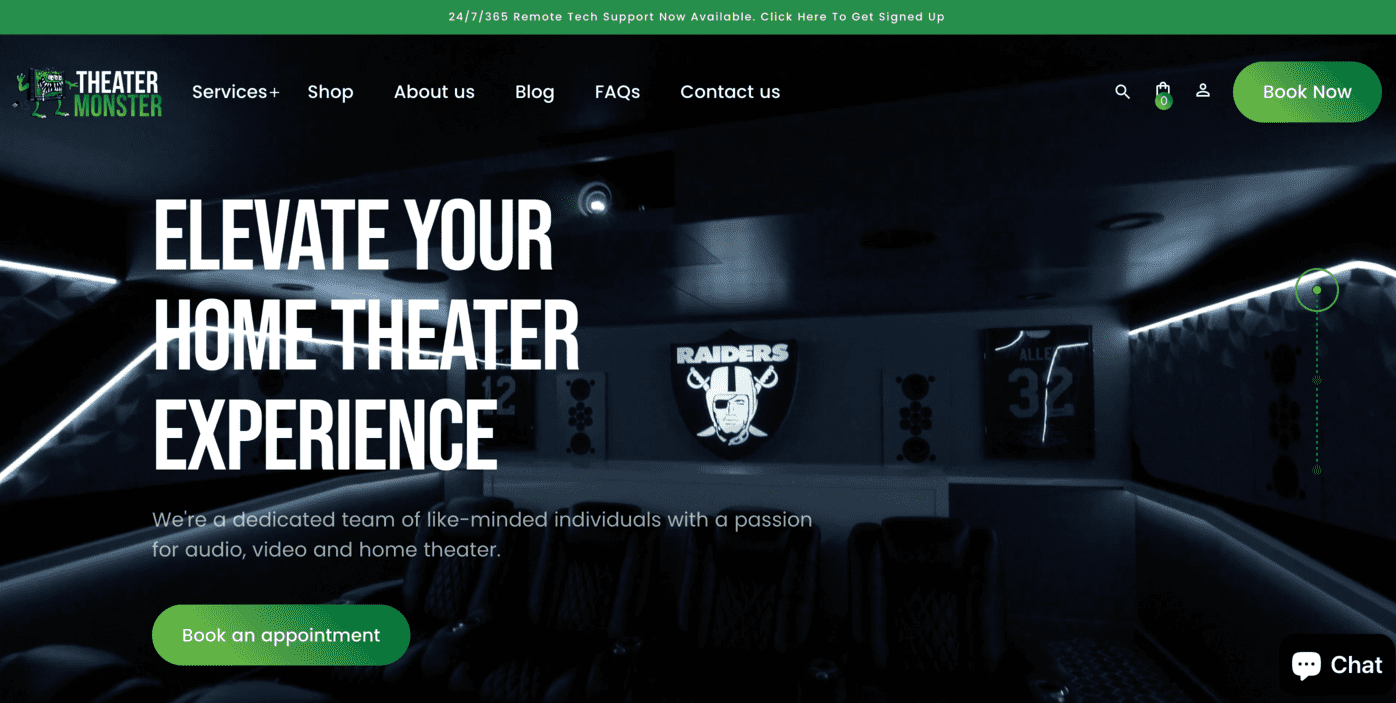The importance of SEO has increased over the past decade for every business. Every company is finding ways to improve its organic traffic and connect with more people. A crucial step towards achieving this is creating a high-performing and well-designed website. In this regard, the ongoing argument between static and dynamic websites from an SEO standpoint is worth exploring. So, let’s dive into this debate and conduct a comprehensive analysis to determine which type of website is the perfect fit for your company.
What is SEO and why is it important?
Search Engine Optimization (SEO) is the driving force behind your website’s online presence. It’s a dynamic combination of tactics and methods crafted to elevate your company’s website to the top of search results. Think of the internet as a vast repository, with search engines such as Google acting as the librarians. SEO is what helps these “librarians” locate your “book” among hundreds of millions and present it to those seeking the information, goods, or services you offer.
Essentially, SEO is an essential aspect of your digital marketing plan that amplifies your website’s visibility, supports your brand’s reputation, enhances user experience, and encourages one’s business success. It functions as a guiding compass, guiding users through the vast digital world of opportunities.

Understanding Static and Dynamic Websites:
When discussing website development and capabilities, there are two distinct categories to consider – static and dynamic websites. Both categories have their unique traits, from their creation process to their functions.
Static websites, as their name suggests, remain unchanged. They are built using HTML and CSS and are small in size (three to four pages or fewer). In the last few years, static sites have greatly increased in popularity. These sites are known for their simplicity and efficiency, as they load quickly and do not require significant server resources.
On the other hand, dynamic websites are constantly evolving, adapting to user interactions and preferences. They are built with advanced programming languages like PHP and JavaScript and are easy-to-use cookies making them more complex in comparison to static sites. The content for these sites resides in a database, which responds instantly to user’s actions and requests.
The Battle of Speed and Performance
When it comes to the virtual race of loading times, static websites usually take the gold. Owing to their simplicity and lightweight nature, they dash across the finish line, fully loaded, even before dynamic websites have had a chance to warm up. This speed comes from the fact that static websites, unlike their dynamic counterparts, do not need to pause and retrieve data from a database or perform any server-side gymnastics before loading a page.
Dynamic websites aren’t slow. They are more detailed and offer better features, though they may take a bit more longer to load. Even though they are heavier, the trade-off is good because they can give users a more personalized and interesting experience.
Nevertheless, it’s vital to bear in mind that speed is more than just a race; it’s a significant factor in the user experience and plays a pivotal role in search engine ranking. Visitors appreciate speed, and so do search engines. Slow load times can test a visitor’s patience and might even lead them to leave the site, which could impact your bounce rate negatively.
In this round of the website comparison, if it’s the speed you’re after, a static website is faster, while a dynamic website is slower, similar to a tortoise. But remember, the race isn’t just about speed. There’s a delicate balance between performance, functionality, and user experience to consider.
Check Safe Seal Wrap for the speed you want your website to have.

Security Aspects
In the virtual world, just as in reality, safety is paramount. When it comes to website security, static websites typically hold the higher ground. The beauty of their simplicity extends to security as well; no databases, no server-side scripting, and thus, fewer chances of encountering cyber threats. The doors that could potentially invite intruders simply do not exist in the universe of static websites, making them a relatively secure tower in the digital landscape.
Dynamic websites, on the other hand, are like a vibrant city with multiple doors and windows. Their inherent complexity and functionalities, though offering an interactive experience, also open paths for electronic attacks. The possibilities of SQL injections or cross-site scripting are not to be overlooked. But fear not, these sites aren’t left unarmed in this battle against threats. With stringent security measures in place, these potential vulnerabilities can be effectively mitigated. The shield of a well-secured CMS and constant checks in terms of updates and patches can secure your dynamic site, keeping virtual intruders at bay.
Ultimately, while static sites might be naturally more immune to threats, dynamic sites are not defenseless. It’s about being aware, prepared, and ensuring that your digital castle, be it static or dynamic, is well-guarded against the uncertainties of the data network.
User Experience and Management
In regards to interactivity, dynamic websites take center stage. These websites dance to the rhythm of the user, creating an experience tailored to their preferences and actions. Users can enjoy functionalities such as personalized accounts, the ability to comment and rate, and even access custom content. This level of interactivity is like a magnet, attracting and engaging users, keeping them on your site for longer duration, and reducing the chance of them bouncing off your site.
Meanwhile, static websites, with their straightforward charm, might not be as impressive. They’re like a classic ballet – neat and accurate, but not so lively. They are polished and exact but lack interactivity. These sites deliver content quickly, but it’s a one-size-fits-all approach with little room for user input or personalization.
In the domain of SEO, these distinctions are significant. Search engines view positively those websites that captivate their audience and minimize bounce rates. Therefore, although dynamic websites might require a slightly longer loading time, the enhanced user experience they provide could be a crucial element in your formula for SEO success.
Visit Theater Monster for the ultimate experience you want for your users.

The Cost Factor
In website development, one cannot overlook the king – the cost factor. When it comes to budgeting, these websites, act like a humble pawn, are often more affordable. These sites, with their simple, less complex makeup, usually require less investment in both their development and hosting. They play a smart, economical game, offering swift, easy-to-navigate digital spaces without burning a hole in your pocket.
On the other side of the board, dynamic websites, similar to the versatile queen, can indeed demand a higher price tag. The complexity of these sites, the need for server-side operations, and their rich functionalities can escalate both their development and hosting expenses. But it’s worth noting that the queen, although pricier, holds immense power on the chessboard. Just as the queen’s ability to move in multiple directions enhances your game strategy, dynamic websites provide numerous advanced features and capabilities that can greatly enhance user engagement and experience.
Conclusion
As we wrap up this detailed exploration into the world of static and dynamic websites, it’s clear that each holds its unique charm from an SEO perspective. It’s not about declaring a universal winner, rather it’s about identifying the best fit for your website.
If you’re seeking a sleek, speedy, and economical online presence, the static site may be your perfect companion. On the flip side, if you’re after a vibrant, interactive, and flexible digital experience, despite a steeper learning curve and cost, the dynamic website could be your ideal match. Ultimately, the optimal website type is not a universal solution, but rather a strategic choice based on your business’s specific needs, resources, and long-term vision.
No matter which direction you take, BragDeal has got you covered. We are committed to building a website that reflects your brand and offers an unparalleled digital experience. Work together with us to turn your digital dreams into reality.
The Final Verdict: Static or Dynamic?
So, you are ready to launch into the digital realm, and face the important question – should your website be static or dynamic for better SEO results? There is no clear winner here. It’s similar to questioning whether a wrench is superior to a screwdriver; it ultimately depends on the task at hand. Regardless of whether your decision is based on static or dynamic websites, one truth holds a company – the need for a strong SEO strategy. It’s the life vest that keeps your website alive in the vast digital ocean, guiding it to a shore of visibility and growth.
This includes keyword strategy, creating high-quality content, link placement, and regular maintenance of your site. A well-thought-out SEO strategy ensures that your digital presence doesn’t fade into the background instead, shines brightly and reaches the screens of your intended audience. Remember, your website’s quality is like the car for your online presence, but it’s the SEO that fuels and steers your success.



